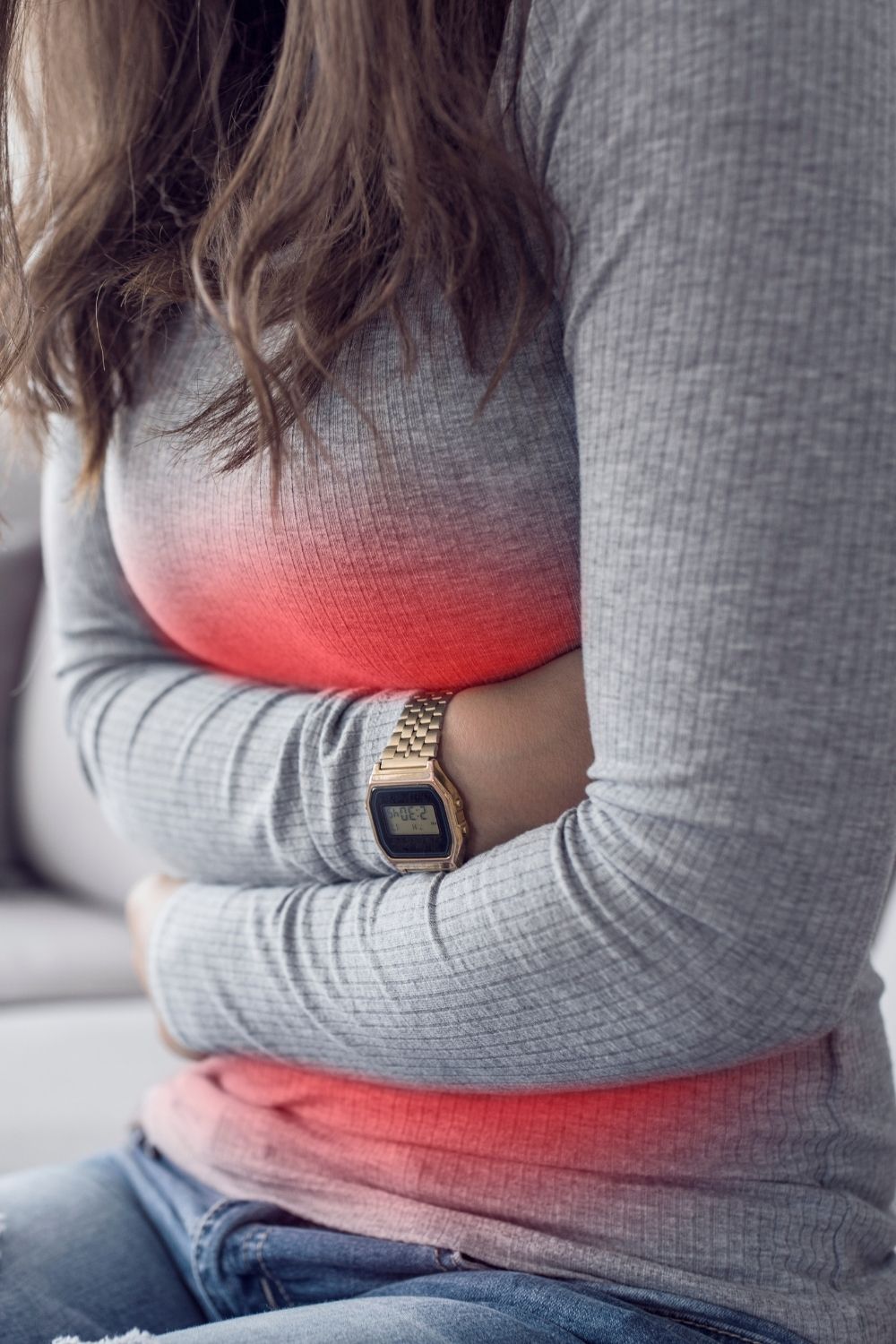March is National Endometriosis Awareness Month
Approximately five million U.S. women are affected by endometriosis
Endometriosis is a disorder in which tissue that normally lines the uterus grows outside of the uterus. Misplaced tissue can also be found on the ovaries, fallopian tubes or intestines. 30 to 40 percent are infertile. Unfortunately, this disorder is often hidden and unrecognized, even by those it affects.
A lack of education and awareness contributes to delays in endometriosis diagnosis.
Endometriosis is a condition that happens when tissue similar to the lining of a woman’s uterus (womb) grows outside of the uterus. It can cause painful periods, pain during sex, irregular bleeding, digestive problems, infertility, and other symptoms.
Endometriosis affects about 200 million women worldwide and about 1 out of every 10 women in the United States. Yet the disease is often misdiagnosed or missed altogether, says the Endometriosis Foundation of America (EndoFound). Lack of education and awareness is a big reason endometriosis goes undetected.
Delayed Diagnosis
Unfortunately, there has been a general lack of awareness due to the normalization of symptoms being shrugged off as severe menstrual pain. This has contributed to delayed diagnoses for many women. When symptoms are not identified early enough, it can take anywhere between 3 to 11 years for a woman to be diagnosed with endometriosis, as reported by the National Institute of Health and US Library of Medicine. The sooner we spread awareness of this condition, the sooner that 1 in 10 women can be treated.
Pain in your pelvic area is not normal.

